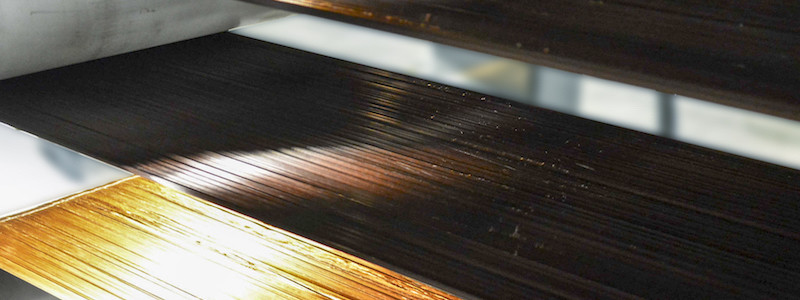High cost has been the biggest roadblock to its widespread use
Oak Ridge National Laboratory (ORNL) is seeking commercialization partners to license a new method to produce industrial-grade structural carbon fibre and flame-retardant fibres from commercially-available, low-cost, textile-grade acrylic fibre precursor materials. The ORNL Technology Transfer Office is accepting licensing applications until May 15, 2016, from companies committed to manufacturing in the U.S.
ORNL’s lower-cost method, demonstrated at its Carbon Fiber Technology Facility, builds on more than a decade of research in the area. It estimates a total manufacturing cost reduction of 50 per cent, based on materials, capital and labour savings, to produce tensile strength of 400 ksi, tensile modulus of 40 Msi and strain-to-failure of 1 per cent. In addition to contributing to vehicle mass reduction (and thus reducing the energy and fuel needed to move), this carbon fibre manufacturing process could also contribute to lower-cost compressed gas storage tanks (for hydrogen or natural gas, for example).
Through a competitive selection process, three-to-five partners will be licensed for commercialization. For more information, visit Low Cost Carbon Fiber Process at ORNL.
The Tech-K.O. Takeaway: One of the last barriers to achieving widespread use of hydrogen and natural gas to power vehicles is the cost of light, cost-effective storage technology. This will help. As the use of lightweight carbon fibre components expands, the reduced mass will contribute to longer range for battery- and hydrogen fuel cell-powered electric vehicles, as well as better fuel efficiency for light-duty vehicles of all types. Too bad the licensing offer stipulates manufacturing in the U.S. only.
- Full story at Green Car Congress.
- Photo: Carbon fibre being processed at a much higher throughput than is possible using conventional methods (Oak Ridge National Laboratory).

